Biography
Robert Indiana, actually Robert Clark, was born in Indiana in 1928 and adopted a short time later. In his first years of life he moved frequently within the state and already in the first years of school his artistic skills crystallized. After graduating Arsenal Technical High School, he joined the U.S. Air Force for three years. He then studied at the Art Institute of Chicago and the Skowhegan School of Sculpture and Painting in Maine, and most finally went to Europe to enroll at the Edinburgh College of Art in Scotland. After moving to Manhattan in the mid-1950s, he became part of a group of artists at Coenties Slip that included James Rosenquist and Agnes Martin. During this period, he was ostensibly inspired by his home on the southeastern Manhattan waterfront. Especially the leaves of the ginkgo tree growing there were integrated into his art. He also went to this area in search of materials for his assemblages, which consisted of found objects such as rusted metal parts or pieces of wood. Using the stencil technique on his assemblages, short meaningful words made their way into his art for the first time. Despite his relocation, the artist remained deeply connected to his native Indiana, as evidenced by his adoption of the pseudonym 'Robert Indiana' in 1954. In addition, his preference for the Americana culture and the meaning of simple words becomes clear. Primarily, Indiana created free-standing sculptures and paintings from this time on, colorful numbers and catchwords as their subject. The artist executed the motifs as flat hard-edge paintings (similar to color field painting) and reduced to their basic colors; thus they became his signature. By participating in numerous exhibitions in New York, Indiana became a sought-after artist whose works were dedicated to critical political and social themes, expressed through concise texts, symbols and figures. He also collaborated with Andy Warhol, for whose silent film 'EAT' Indiana starred and was filmed eating a mushroom. Probably his most famous motif, LOVE, was created in the early 1960s, when the Museum of Modern Art in New York commissioned Indiana to design a Christmas card. However, the artist lost the rights to market the lettering in the process, as the card carried the museum's copyright notice and not the artist's. LOVE was subsequently able to spread worldwide and in countless media such as prints, sculptures, rings and stamps, and became the epitome of a Pop Art motif. In 1978 Indiana moved to the island of Vinalhaven in Maine, there, isolated from the turbulent art world of New York, he created further classics such as 'The Hartley Elegies'. The first retrospective took place in 2013 at the Whitney Museum of American Art, five years later the artist passed away in Vinalhaven. Indiana is now considered one of the most important representatives of American Pop Art and his works are exhibited all over the world and can be found in the collections of major art museums.
If you would like to sell objects by Roy Lichtenstein in one of our auctions, please feel free to contact our expert Laura Hille at l.hille@quittenbaum.de or contact info@quittenbaum.de.
Objects by Robert Indiana
-
Sold
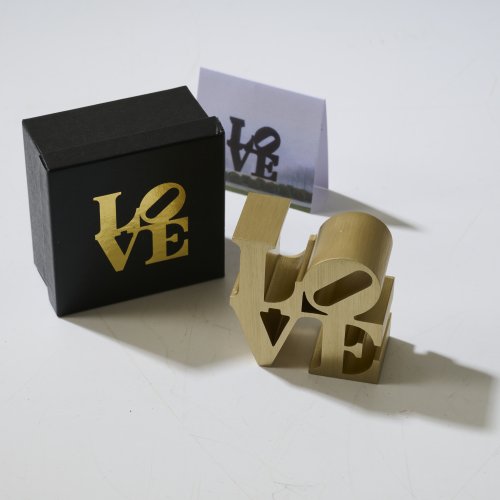
-
Sold
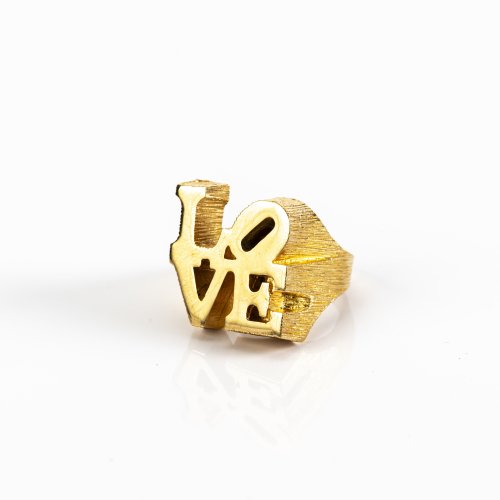
-
Sold

Robert Indiana (after) Morgan Art Foundation and Artist Rights Society, New York (Publ.)
'LOVE (silver)' (Authorized Replica), 2009
Hammer Price: 400 €
-
Sold

Robert Indiana (after) Morgan Art Foundation and Artist Rights Society, New York (Publ.)
'LOVE (gold)' (Authorized Replica), 2009
Hammer Price: 400 €
-
Sold
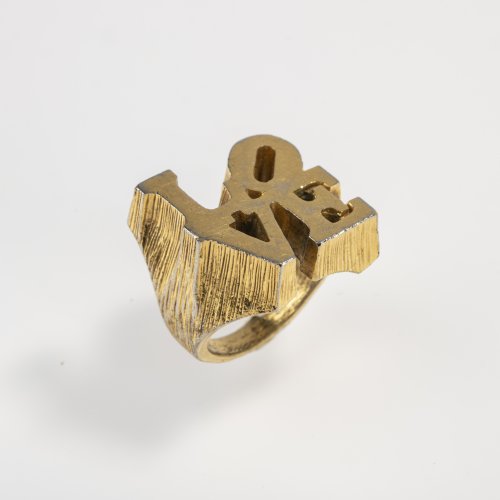
-
Sold
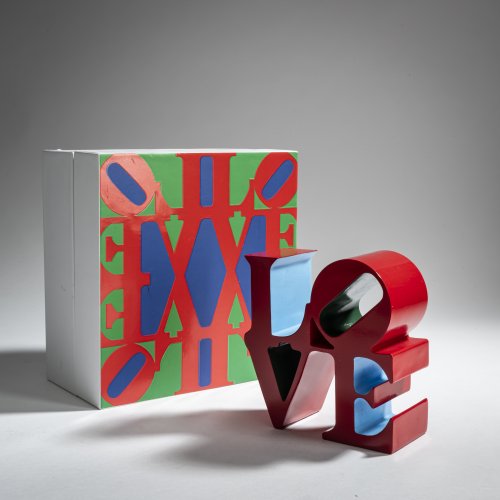
-
Sold
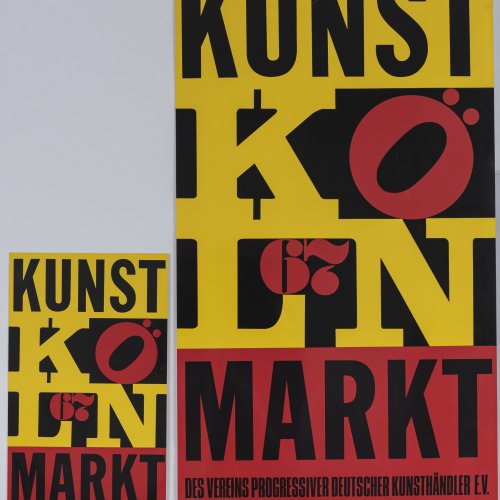
-
Sold
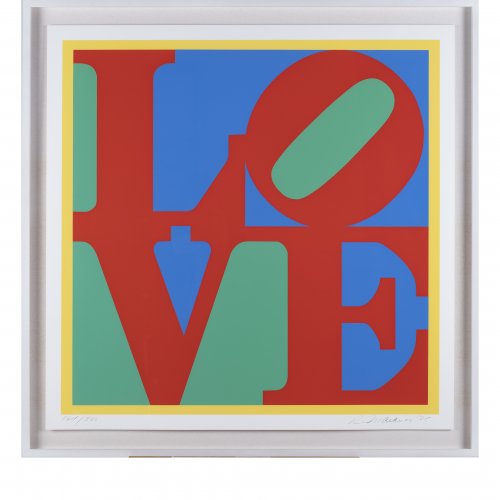
Robert Indiana printed by Brand X Editions, New York, published by Donald J. Christal, Los Angeles
'Heliotherapy Love', 1995
Hammer Price: 16,000 €
-
Sold
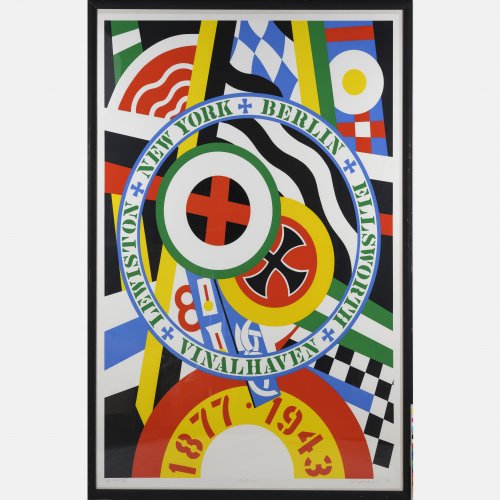
'The Hartley-Elegies: the Berlin-Series, KvF IV', 1990
Hammer Price: 2,800 €
-
Sold
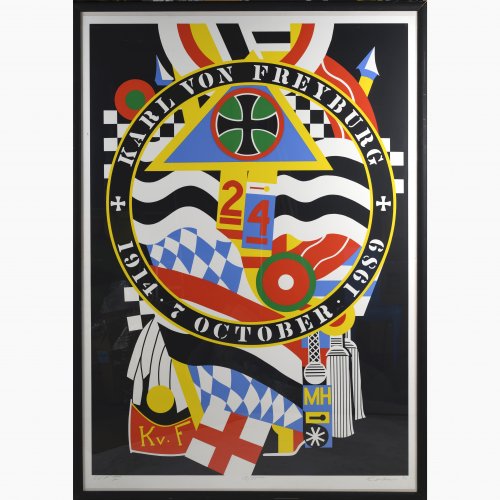
'The Hartley-Elegies: the Berlin-Series, KvF I', 1990
Hammer Price: 2,200 €
-
Sold
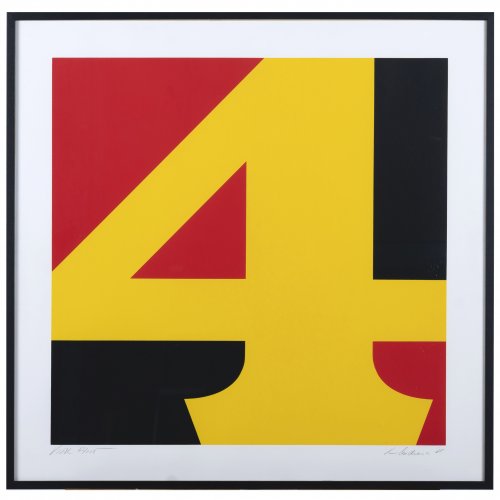
-
Sold
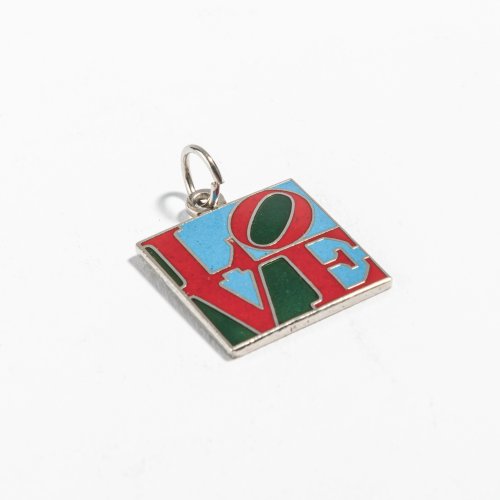
-
Sold
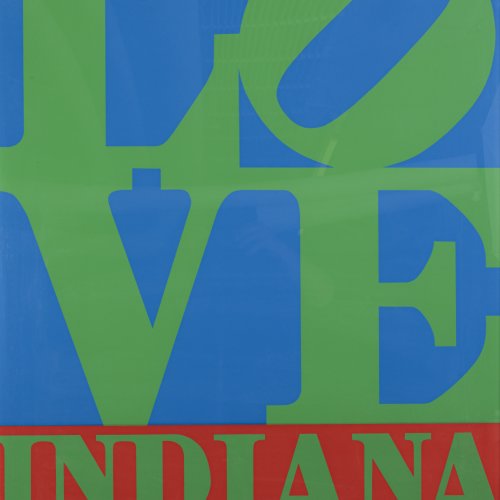
-
Sold
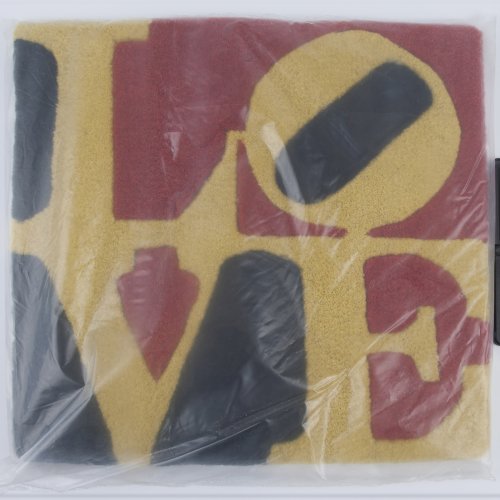
-
Sold
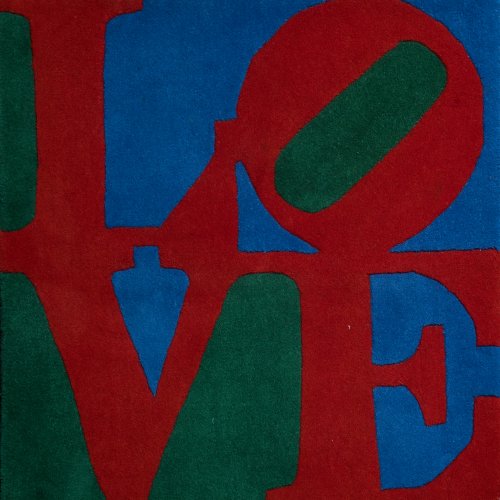
-
Sold
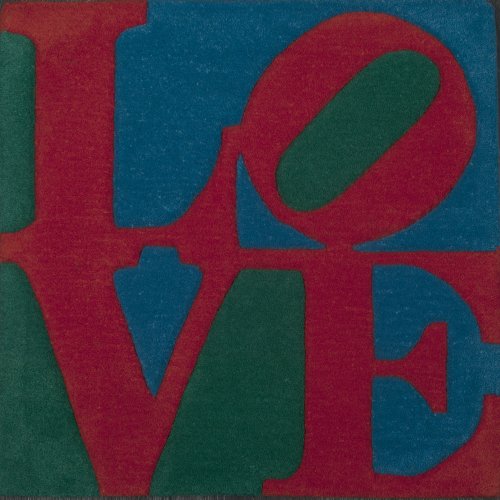
-
Sold
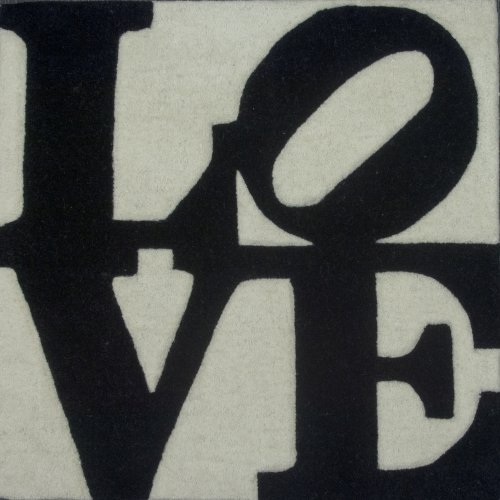
-
Sold
